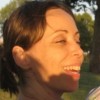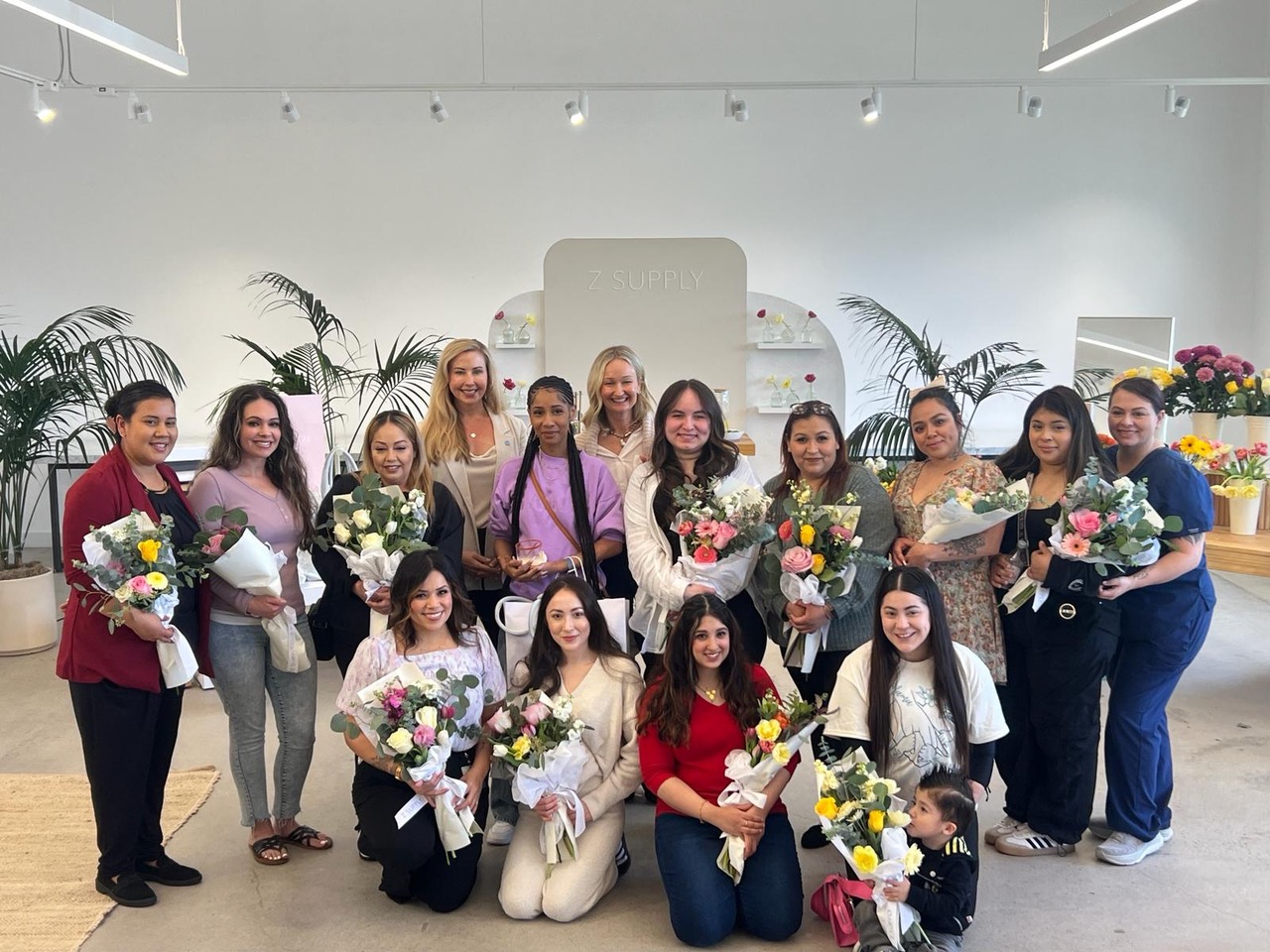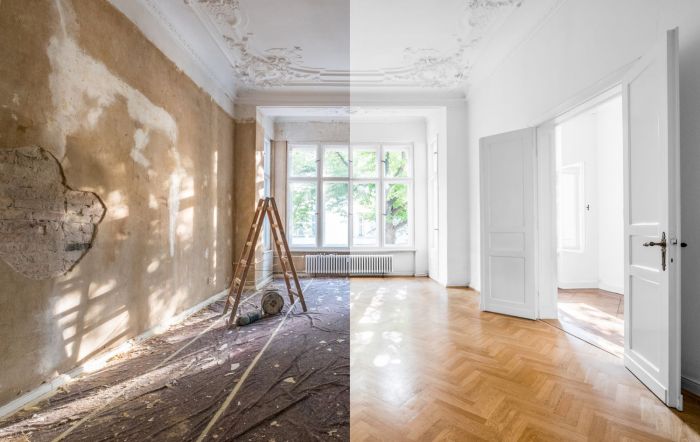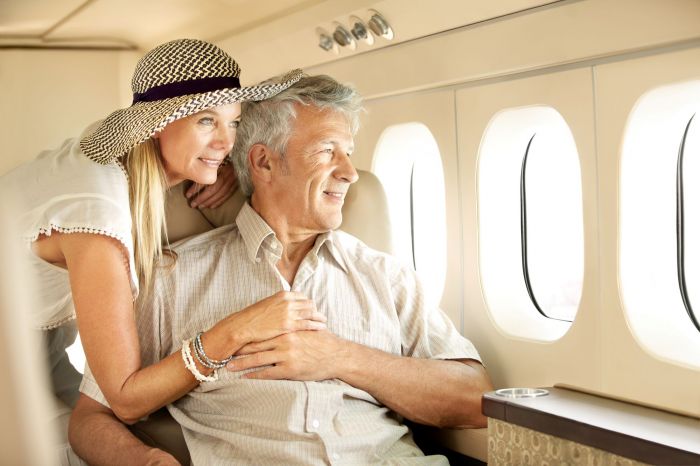Seasonal affective disorder is not a myth. Almost 10 percent of the population develops SAD, often called “the winter blues”, which is a form of depression linked to the decreased hours of sunshine in autumn and winter. Every year, as the days become shorter, colder, and the spring seems like a lifetime away, you start to get THESE SYMPTOMS:
- Depression – Feeling miserable, hopelessness, loss of self esteem and sometimes just lack of feelings altogether.
- Fatigue – You can’t seem to carry on with your normal routine.
- Stress and anxiety – You can’t seem to handle any kind of stress and you are often tense.
- Mood changes
- Irritability – Usually accompanied with no desire to be social and for social contact.
- Eating disorder – Suddenly you start craving heavy foods and carbs.
Antidepressants or Light Therapy?
The effectiveness of light therapy for SAD is already proven. If you are prone to depression, you may automatically consider taking antidepressants, but it seems completely illogical to choose prescription drugs, that have many side effects, over a proven natural treatment that simply works. Light therapy boxes can offer an effective treatment for seasonal affective disorder.
The light from a light box mimics outdoor light. This is thought to cause a chemical change in the brain that lifts your mood and eases other symptoms of seasonal affective disorder. Light therapy can also be used to help adjust daily sleep cycles (circadian rhythm), which may play a role in mood. Light boxes are generally used for 30 minutes or longer each morning, with bright light shining indirectly toward your eyes.
What to Consider When You Buy a Light Box for SAD
There are a few important considerations to make before you decided which light box will help you the most. All light boxes for SAD treatment are built to do the same thing, but one may work better for you than another.
Light therapy for SAD comes in different light intensities. Light boxes differ in light intensity, size, shape and features. They are all designed to be safe, but they are not regulated by the FDA. These are the things you should consider to find the safest and most suitable light box for your needs:
- 1. Light Intensity – Look for a light box that provides the right intensity of light when you’re a comfortable distance away. For example, it may be effective to use a light box that produces 10,000 lux (a measurement of light intensity) 12 to 14 inches (30.5 to 35.6 centimeters) from you for 30 minutes each morning. However, using a box that produces 2,500 lux at the same distance may take two hours or more to achieve the same effect.(data from MayoClinic.com)
- 2. Does it have Blue Light? Recent research found that blue light at a certain range is more effective for depression and SAD than white light. But, blue light may cause some damage to your eyes so avoid looking directly at the light source in any light box that you buy.
- 3. Does it filter UV light – Light therapy for SAD is usually designed to filter most of the UV light, the same light that can cause damage to your skin and eyes. Look for a light box that releases as little UV light as possible at high intensity. If you’re not sure, contact the manufacturer for safety information
- 4. Is the light box made for SAD and depression? Make sure you are not buying a light box designed for skin orders for example. You should look for a light box specifically for SAD or depression for it to be safe and effective for you.
- 5. Does it use LED light – LED light bulbs are more efficient and lighter weight than standard lights and fluorescent, and appear to work just as well.
- 6. Style and features – Make sure the size of light box fits your needs and that you have a rechargeable battery. Keep in mind; most light boxes need to be positioned within 2 feet (61 centimeters) of you. Some light boxes offer more than an Off and On switch – such as timers you can program, adjustable brightness, extended batteries and more.
- 7. Cost – The prices vary, it can be a low as 88$ (like the NatureBright SunTouch
) and as high as 500$. Some health insurance companies cover some of the cost of light therapy for SAD, but you will of course have to get a prescription from your doctor.
The Top 2 Light Boxes For SAD:














